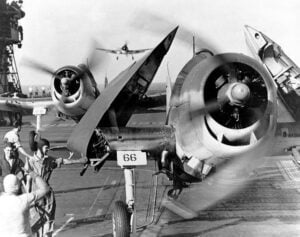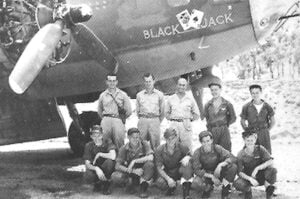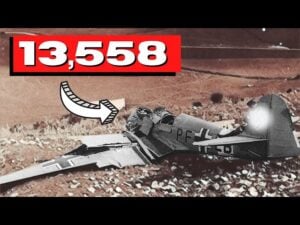Flying Disasters: 3 of WWII’s Most Dangerous Aircraft Designs
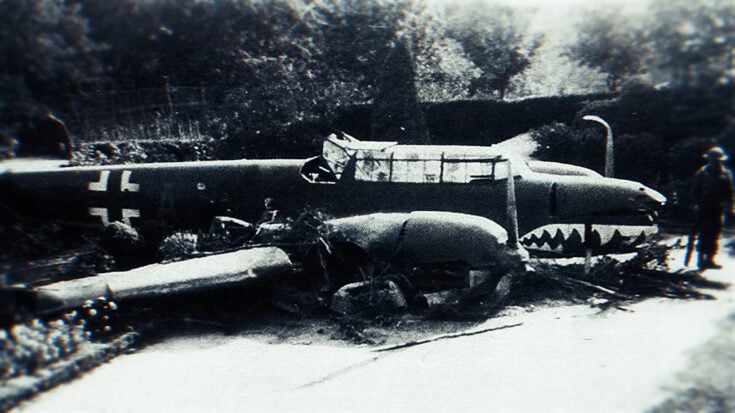
YouTube / Airliner Designs
In the heat of World War II, aircraft designers raced to push performance boundaries. Some designs became legends — others turned into engineering headaches. Three examples stand out for the trouble they caused their pilots and the countries that built them.
Curtiss SB2C Helldiver – The Navy’s Problem Child
Built to replace the beloved SBD Dauntless, the Curtiss SB2C Helldiver promised more speed, more payload, and tougher construction. The Navy believed in it so strongly that they ordered 200 before the prototype even flew. That decision came back to haunt them.
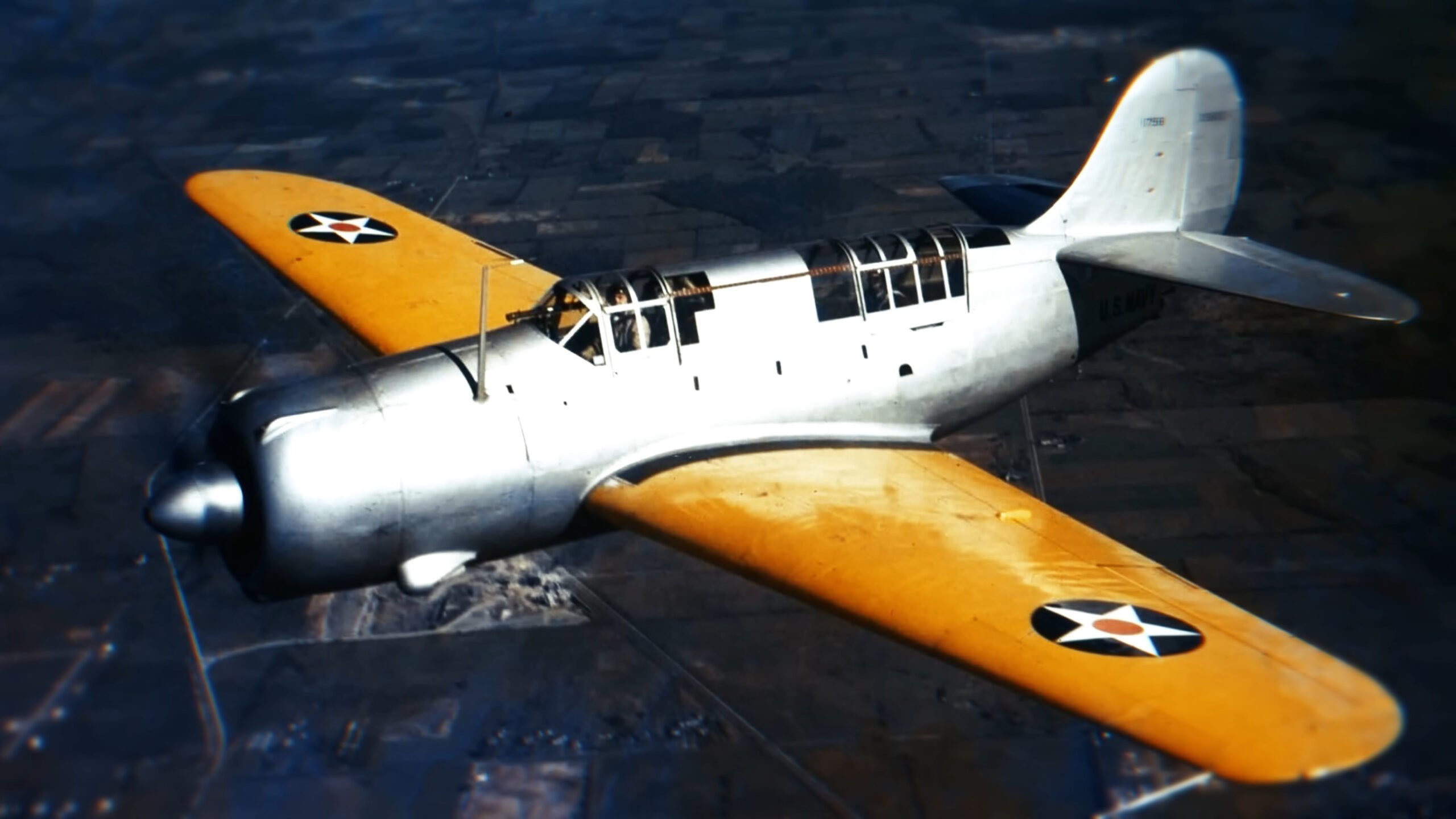
The Helldiver was unstable in flight, sluggish to respond, and plagued by structural weaknesses. Overweight from extra equipment but stuck with the same engine, it was a struggle to operate from carriers. Pilots wrestled with poor visibility and unreliable landing gear, earning it the unflattering nickname “Son of a *****.”
Only after 900 design changes did it become a capable strike aircraft, playing a role in sinking major Japanese warships. But its tarnished reputation stuck, and Curtiss-Wright’s name never fully recovered.
Messerschmitt Me 210 – A Misstep in German Design
Germany’s answer to replacing the aging Bf 110 was the Messerschmitt Me 210 — a sleek, versatile heavy fighter and bomber in one. Like the Helldiver, it was rushed into production before testing was complete. The result? A dangerously unstable aircraft prone to stalls and spins.
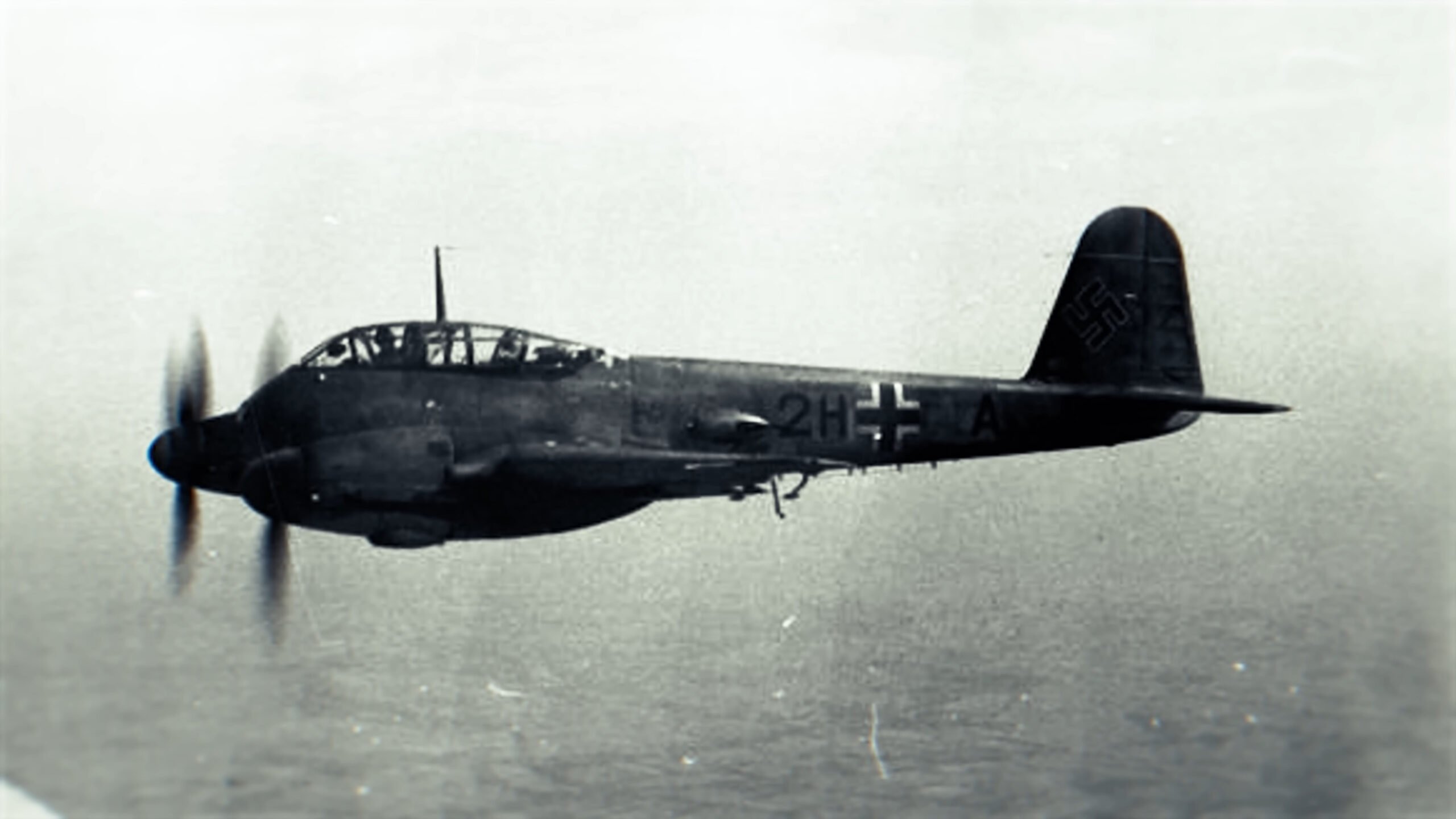
It took 16 prototypes and nearly 100 pre-production models just to make it somewhat serviceable. By then, production had reverted to the older Bf 110. The improved Me 410 eventually emerged from the Me 210’s ashes, proving itself in combat — but the 210 remains one of Messerschmitt’s most infamous failures.
Breda Ba.88 Lince – From Record-Setter to Dead Weight
Italy’s Breda Ba.88 Lince began with promise. In prewar trials, it set speed records and impressed onlookers with its clean lines. But once armed and fitted for combat, its performance collapsed.
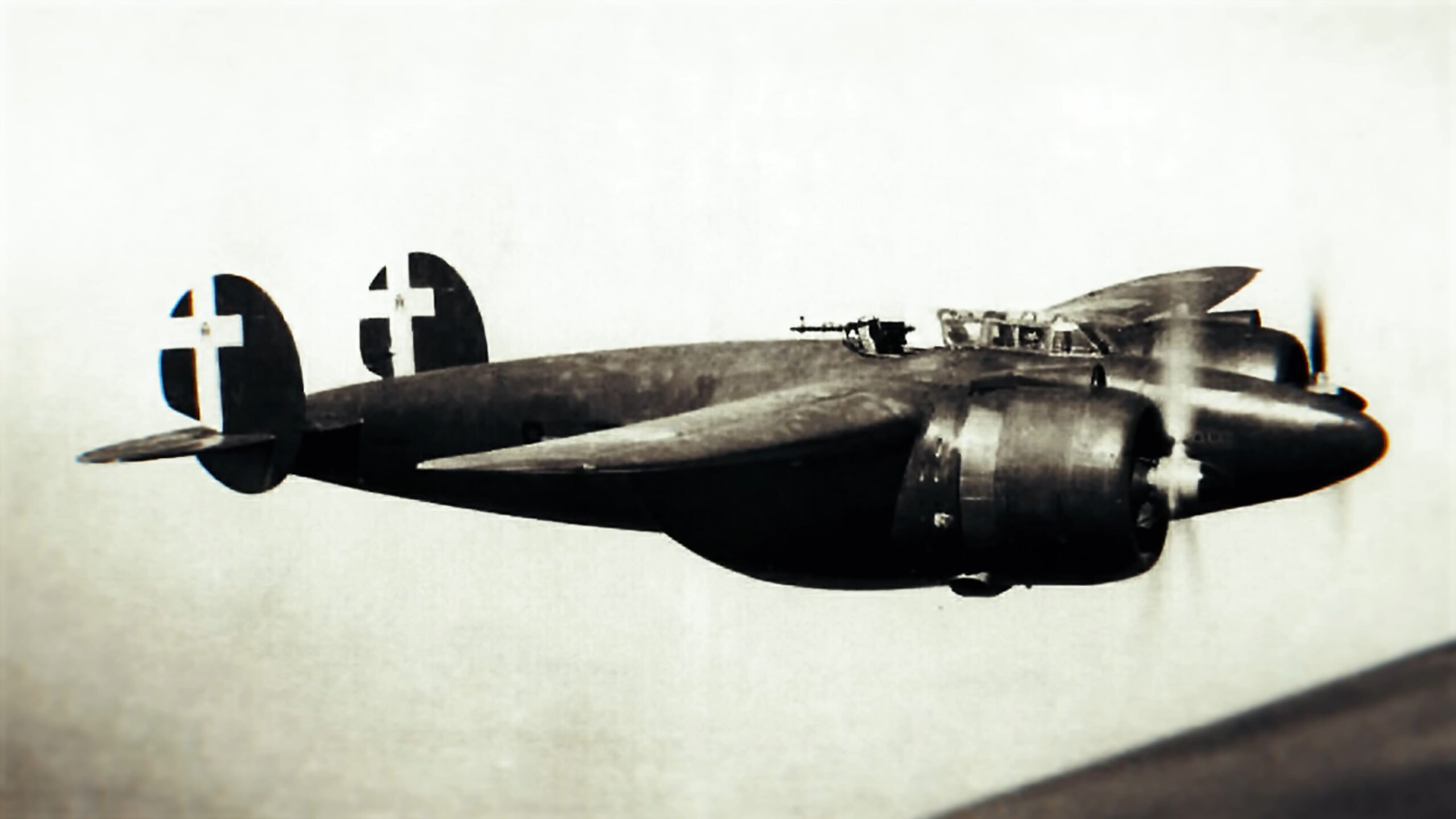
The overbuilt steel-tube frame made it heavy, and in North African operations, the Lince often struggled to take off with a full load. It was withdrawn from service within five months, with many airframes reduced to decoys parked in the sand. Attempts to improve it came too late, leaving Italy to rely on outdated biplanes and obsolete fighters.
All three aircraft suffered from the same problem — rushing from blueprint to battlefield before the designs were ready. While the Helldiver, Me 210, and Ba.88 all left their mark, they serve as reminders that even in war, speed can kill — not just the enemy, but the aircraft’s own chances of success.














